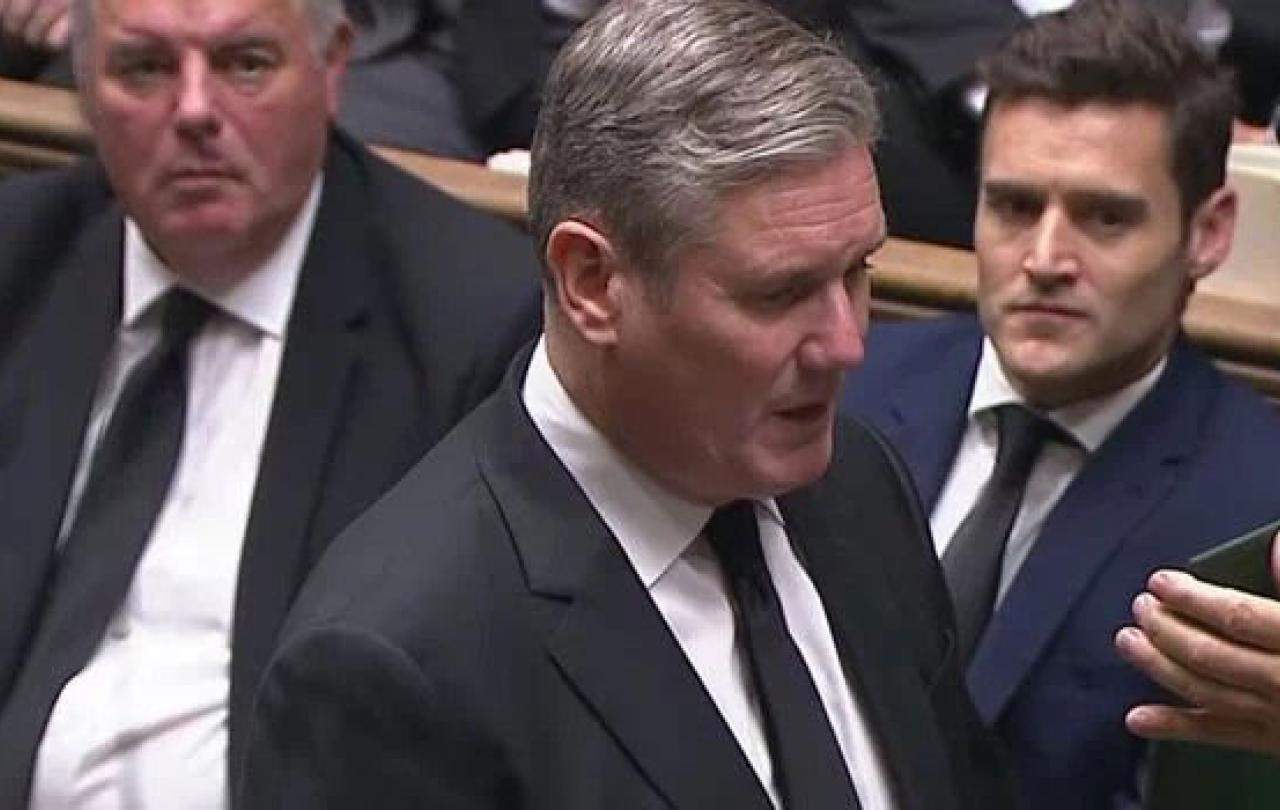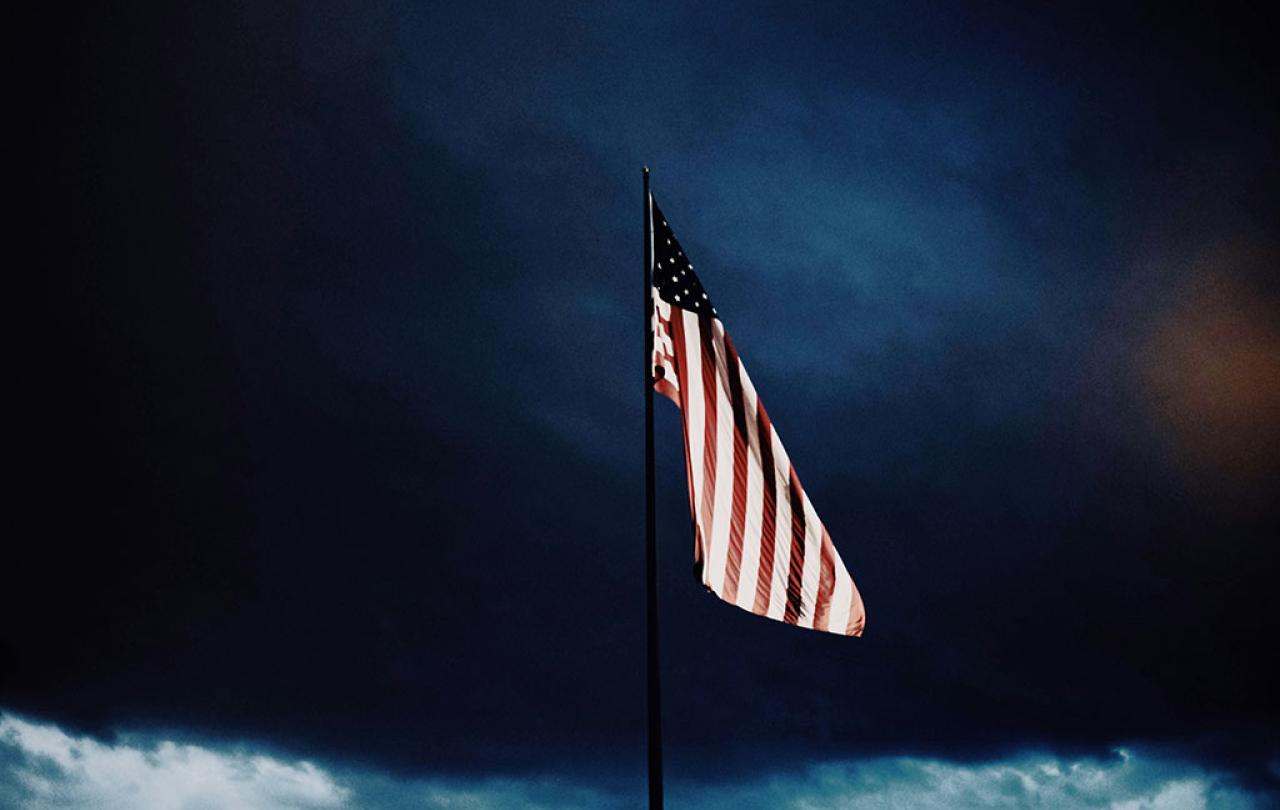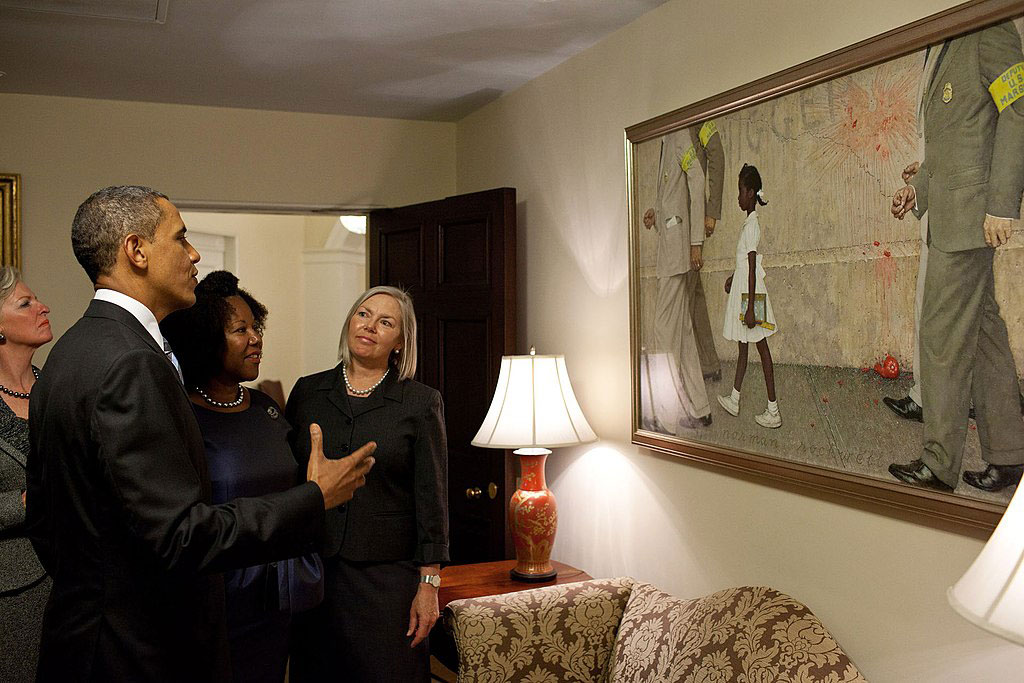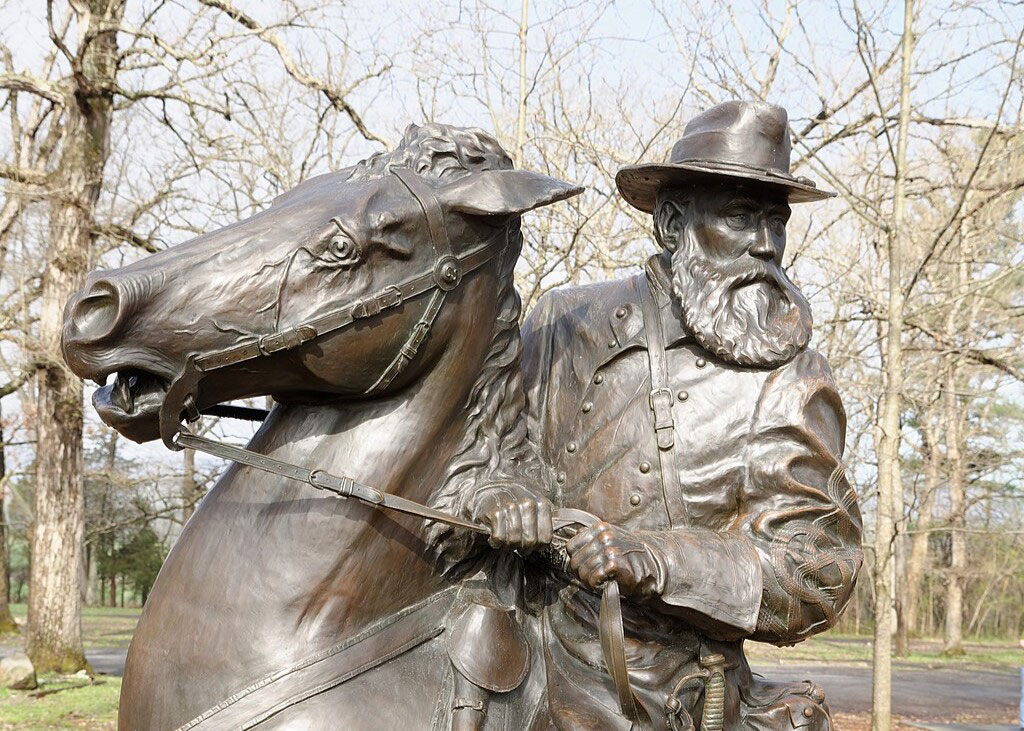
Thank the Almighty, the General Election is over! We have a Prime Minister. We have another cadre of MPs, some old hands and many Young Turks, all ready for the excitement of Parliamentary procedural intrigue and (hopefully) hungry to exercise their power for the betterment of their constituents. As a nation, we can all breathe a sigh of relief. We have emerged, blinking, into the sunlight of what I can only hope is five years of a milder political climate.
What happens next?
Well, today, every MP, new or old, will swear the Oath of Allegiance to King Charles III. This is not optional. Anyone refusing to do so cannot exercise their rights as an MP and will not receive their salary. Ultimately, the refuseniks can have the reality of their election voided. The wording of the oath excels in comprehensive brevity:
I swear by Almighty God that I will be faithful and bear true allegiance to His Majesty King Charles, his heirs and successors, according to law. So help me God.
The Monarch is anointed as the protector of the realm, always seeking what is best for Great Britain, and so to swear an oath to be faithful to the Monarch is to swear to seek the best for their realm. It is all perfectly simple and logical.
But is it enough?
It would seem that swearing fealty to the Crown is no longer enough. Now the PM must specifically swear not to lie to the Sovereign and the nation.
Some would argue not. Our political life has been marked by controversy for as long as I have been old enough to be politically aware. MPs expenses, the coalition Government, the Brexit referendum, parliamentary gridlock, Downing Street lockdown parties…Liz Truss! It’s all been like a circus, except all the animals are dead, the clowns just sit around screaming and crying, and the tent burns down. Trust in our political establishment could hardly be lower. Perhaps in light of this, a couple of constitutional scholars have mooted the idea of an extra oath - one for the Prime Minister.
Professor Andrew Blick, of King’s College, London, and Baron Hennessy of Nympsfield have written an open letter, on behalf of The Constitution Society, inviting the new Prime Minister to swear an additional oath specifically for their office.
The oath is intended to act as a confidence booster - an extra promise that the most powerful MP in the land will abide by the conventions of our constitution: Cabinet Government, The Ministerial Code, Civil Service Impartiality, etc. In an effort to restrain the darker impulses of the PM, the oath would also mean swearing to uphold the seven Nolan Principles: Selflessness, Integrity, Objectivity, Accountability, Openness, Honesty, Leadership. It would seem that swearing fealty to the Crown is no longer enough. Now the PM must specifically swear not to lie to the Sovereign and the nation.
In a moment of unattractive despair, I can’t help but let out a depressed sigh.
Yet, I also have hope. This new constitutional instrument would, on the surface, be a morose admission of defeat. We can no longer assume honesty in those who wield the most power and influence. Look deeper and you see a fascinating, and hopeful, recognition of the political (and human!) condition.
The very act of swearing an oath is itself a virtue. It is an act that puts one face to face with absolute truth, goodness, and beauty.
Yet, I also have hope. This new constitutional instrument would, on the surface, be a morose admission of defeat. We can no longer assume honesty in those who wield the most power and influence. Look deeper and you see a fascinating, and hopeful, recognition of the political (and human!) condition.
I find this new oath fascinating, and rather cheering, in spite of all my previous electoral gloom, because it clearly speaks to the human need for the transcendent and the eternal. So often our politics seems to be mired in the drudgery of the immediate: will the economy grow in the next quarter, will NHS waiting lists diminish by the end of the calendar year, will the crime stats be favourable any time soon. We rarely hear of any ‘vision’ for our country the looks to the horizon - not even the decade, let alone the voyage into the forever. Yet this oath does just that!
It does so in two ways.
Firstly, by seeking to enshrine the Nolan principles, it recognises the distinction between ‘values’ and ‘virtues’. Values have the veneer of the absolute but are far too easily jettisoned when necessity dictates. Commitment to a value is good, but is in constant competition with other values: openness battles the need for state-secrecy, honesty’s sword is often broken in the face of obfuscation’s onslaught, etc. The holding of values is a static thing, which can wilt and die in the burning heat of reality. A virtue, on the other hand, is something which must be constantly practiced and nurtured. A virtue always looks to its ideal form - a universal perfection of honesty or selflessness. Swearing an oath to uphold the Nolan Principles means committing to operating by them every day, and so allowing them to grow in the individual, becoming easier and easier to live by until the practitioner of virtue struggles NOT to operate in their eternal light.
Secondly, the very act of swearing an oath is itself a virtue. It is an act that puts one face to face with absolute truth, goodness, and beauty. The act of making an oath recognises that our lives and deeds are not simply contingent moments in the pitiless march of time, but that they resound in the halls of eternity.
I think this is why Jesus warns people against swearing oaths in the fifth chapter of the Gospel according to Matthew. When reading this warning in the light of the serious, radical, and even hyperbolic speech that comes before, it is clear that Jesus doesn’t want us to avoid making promises, but that he realises just how bad we are at keeping them. Swearing an oath (invoking eternity, the absolute, the divine!) means that when we break our oaths we diminish ourselves in the face of God.
“Let your word be ‘Yes, Yes’ or ‘No, No’; anything more than this comes from the evil one.”
This is not a command to avoid promises and promise keeping, but a radical call to live one’s life always in the light of eternity, so that even the simple ‘yes’ is the truest oath one can make.
We need leaders - political and otherwise - who can offer the human soul something more than simply an uninspiring roadmap for five years of moderate economic improvement. We need leaders who can inspire the nation with a vision of eternity. We need leaders who point us to that horizon of the absolute where we do not see individual good acts warring against the forces of apathy and indifference, but see the Good itself illuminating our every moment with hope and joy.
Perhaps an oath - an admission that there is meaning beyond our momentary finitude - is the best way to inject a bit more universality and meaning into a political system that has left this author feeling quite so cold so far.
I shall pray for our new Prime Minister, and for all our new MPs. I shall hold them before the face of God who is beyond all immediate concerns and pray that they may have the vision of our eternal destiny ever in their minds and in their hearts. I shall earnestly intercede that they recognise that their oaths are not simply a formula of words, but a positive spur to lead us into a future that never ceases to grown brighter and brighter with the light of our eternal destiny.



